NASA’s Viking was the first US spacecraft to land on Mars and return images of craters, huge volcanoes, and gigantic canyons to the surface. In the 1970s, NASA launched two identical robots – Viking 1 and Viking 2, each equipped with landers and orbiters, to set off to the Red Planet. After the mission, NASA reported that they found no traces of life. But one scientist is almost certain that they may have unknowingly stumbled upon extraterrestrial life and dismissed it, reported Live Science.
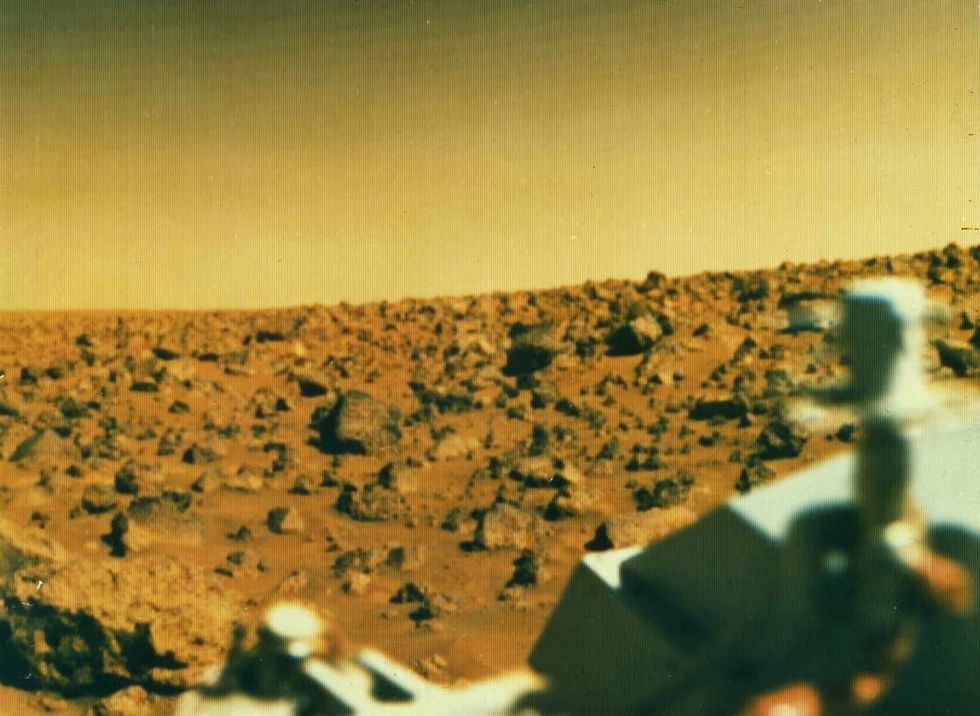
“After landing on the Red Planet in 1976, NASA's Viking landers may have sampled tiny, dry-resistant life forms hiding inside Martian rocks,” Dirk Schulze-Makuch, an astrobiologist at Technical University Berlin, suggested in an article on Big Think. He said he and his fellow scientist, Joop Houtkooper, were rethinking the results of the Viking project.
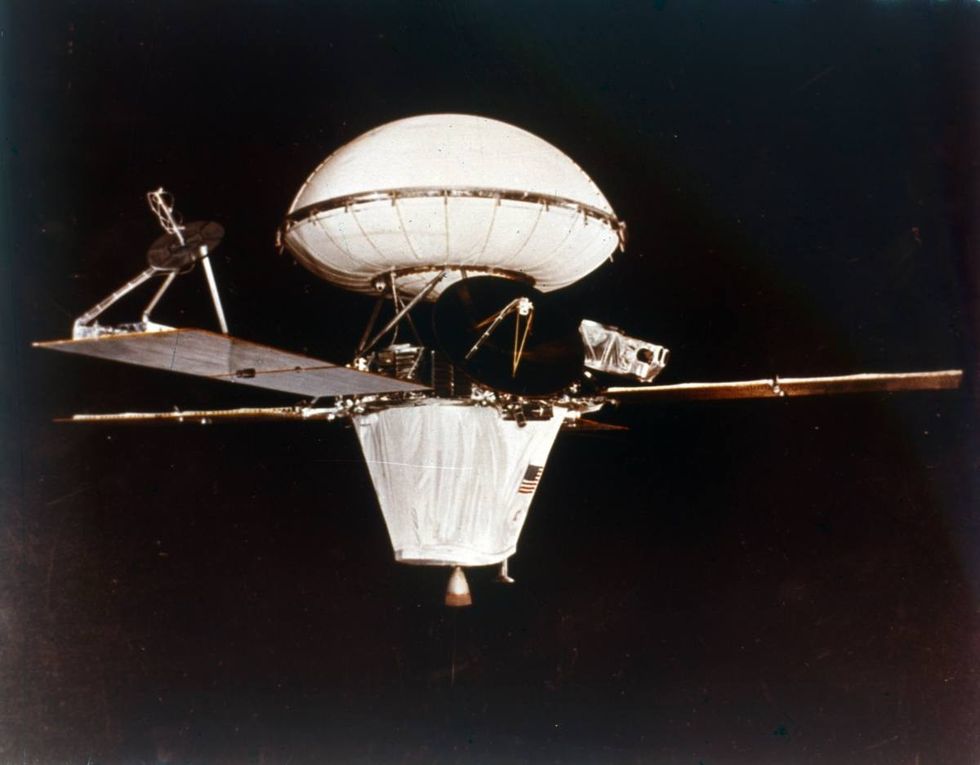
"If these extreme life forms did and continue to exist, the experiments carried out by the landers may have killed them before they were identified, because the tests would have overwhelmed these potential microbes," wrote Schulze-Makuch, as per Live Science. He added that microbes who survive in similar conditions live on Earth and could, therefore, also live on Mars.
The Viking robots carried out four experiments on Mars: the gas chromatograph mass spectrometer (GC-MS) experiment, for organic or carbon-containing, compounds in Mars’ soil; the Labeled Release (LR) experiment, for testing metabolism by adding radioactively-traced nutrients to the soil; the Pyrolytic Release (PR) experiment, for carbon fixation by potential photosynthetic organisms; and the gas exchange experiment, for monitoring gases.
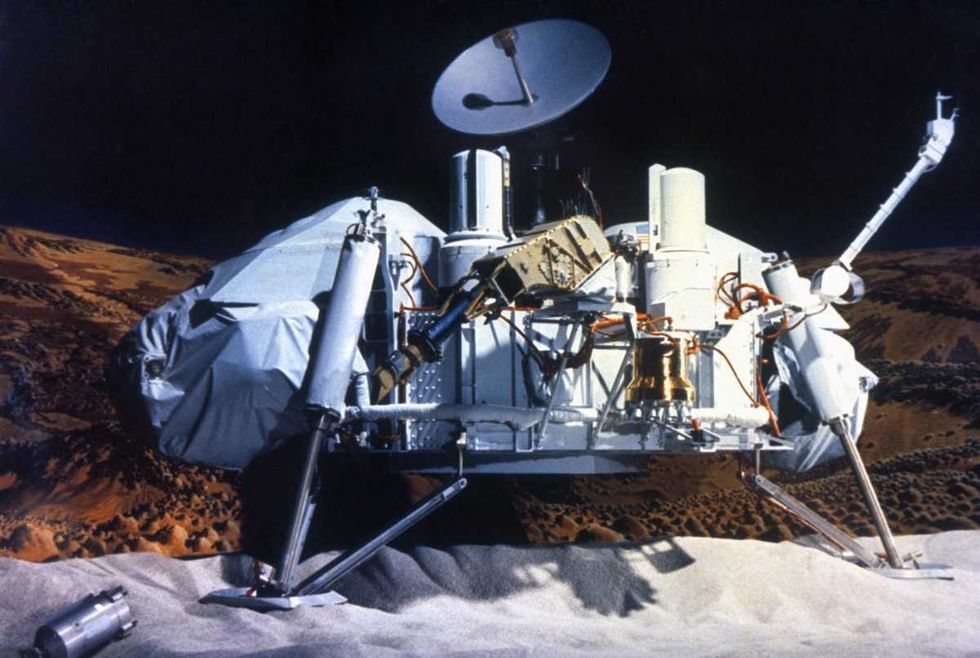
The results of these experiments were blurry. In both LR and PR experiments, they found small changes in the concentrations of gases, which hinted that some metabolism was taking place, and hence, there could be life on Mars. GC-MS also found traces of organic chlorine compounds. However, the results were dismissed by scientists who thought that the experimental instruments were contaminated by cleaning solutions that contained chlorine. And when the gas experiment produced a negative result, the idea of Martian life was shunned once and forever.
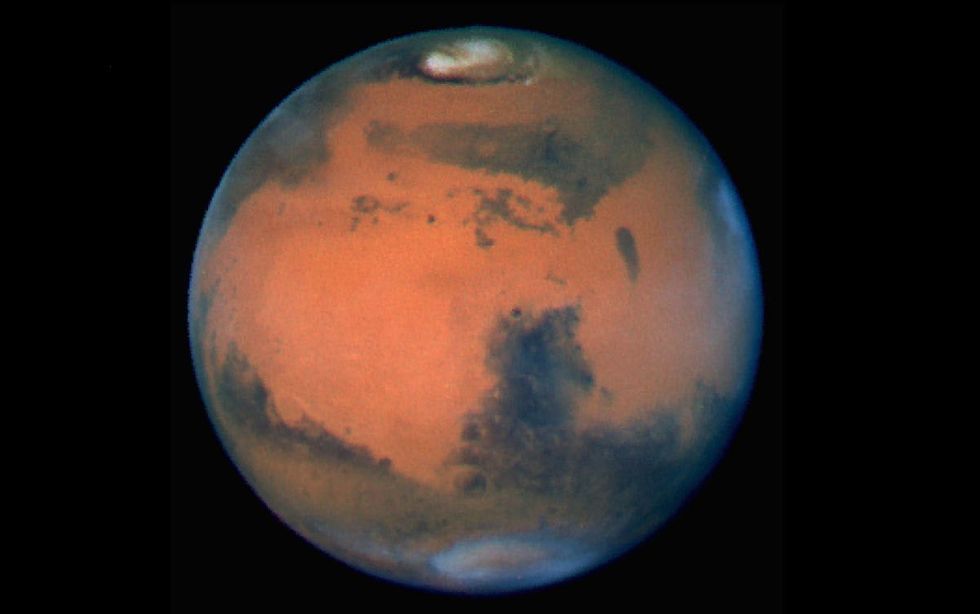
But Schulze-Makuch had different thoughts because most of these experiments required adding water to the Martian soil samples. Giving the example of the 2018 study about the Atacama Desert, according to which microbes were found to be dying due to the presence of water, he hypothesized that using water in these experiments must have killed the microbes that were lurking inside the soil samples collected from the red planet.
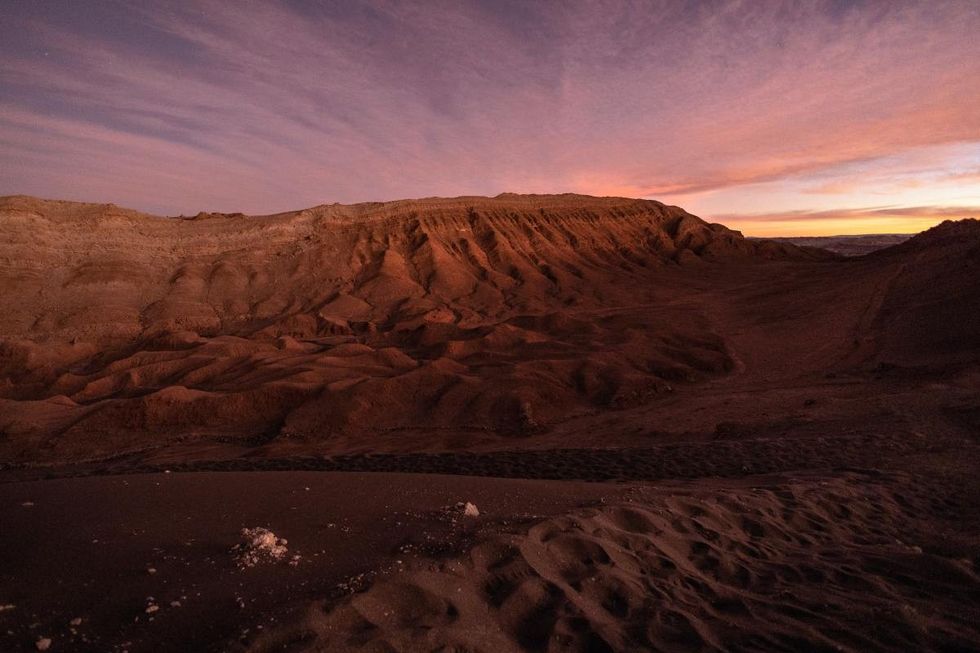
Plus, Alberto Fairén, an astrobiologist at Cornell University and co-author of the 2018 study, told Live Science that he "totally agreed" that adding water to the Viking experiments could have killed potential hygroscopic microbes that might have been hiding signs of life on Mars.
Schulze-Makuch, Houtkooper, and Alberto were not the only ones who believed that life was discovered on Mars. One of the principal investigators on the NASA experiment that sent Viking landers to Mars, Gilbert Levin, stated repeatedly over the years that the Viking experiment detected life, per CNN. Levin published an article in the Scientific American journal saying, “I’m convinced we found evidence of life on Mars in the 1970s.”
“NASA has already announced that its 2020 Mars lander will not contain a life-detection test,” Levin wrote, “In keeping with well-established scientific protocol, I believe an effort should be made to make life detection experiments on the next Mars mission possible.” He suggested that the LR experiment be repeated on Mars. “(In the 1970s) NASA concluded that the LR had found a substance mimicking life, but not life... inexplicably, over the 43 years since Viking, none of NASA’s subsequent Mars landers has carried a life detection instrument to follow up on these exciting results.”
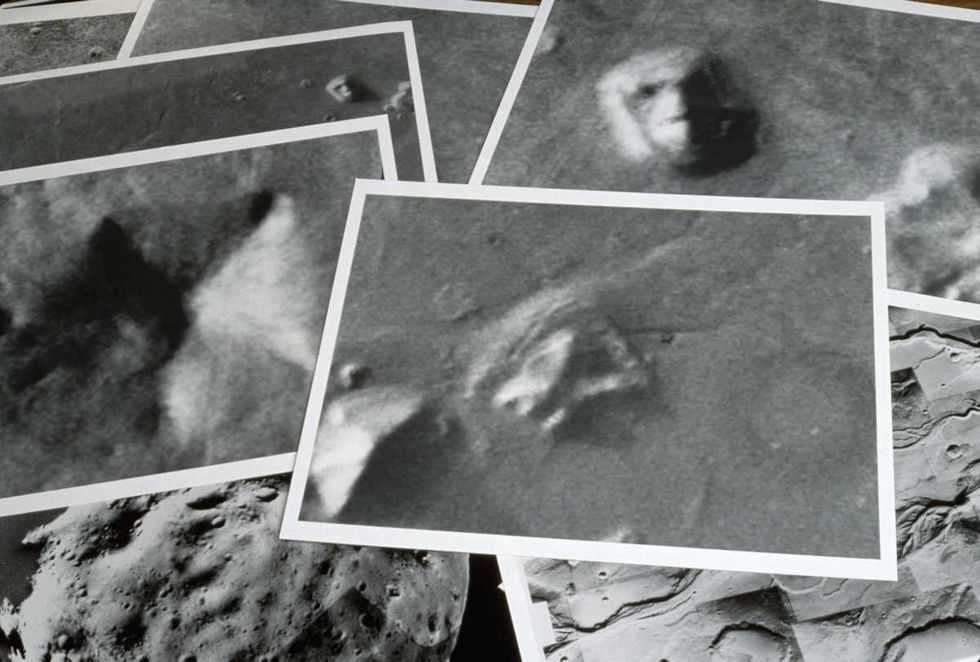
However, NASA’s latter missions have been providing somewhat contradictory results. In 2007, NASA's Phoenix lander, the successor to the Viking, found traces of perchlorate on Mars. Perchlorate is toxic to plant life and microorganisms. On the other hand, NASA’s 2020 Perseverance rover found organic matter on Mars, in the form of sediments which hinted at the existence of “salty lakes” somewhere sometime on Mars. This is possible because according to NASA, Mars was a wet planet billions of years ago, and it hosted a lake too. However, despite all these hypotheses, at present, there is no solid evidence that indicates the existence of life on Mars.

















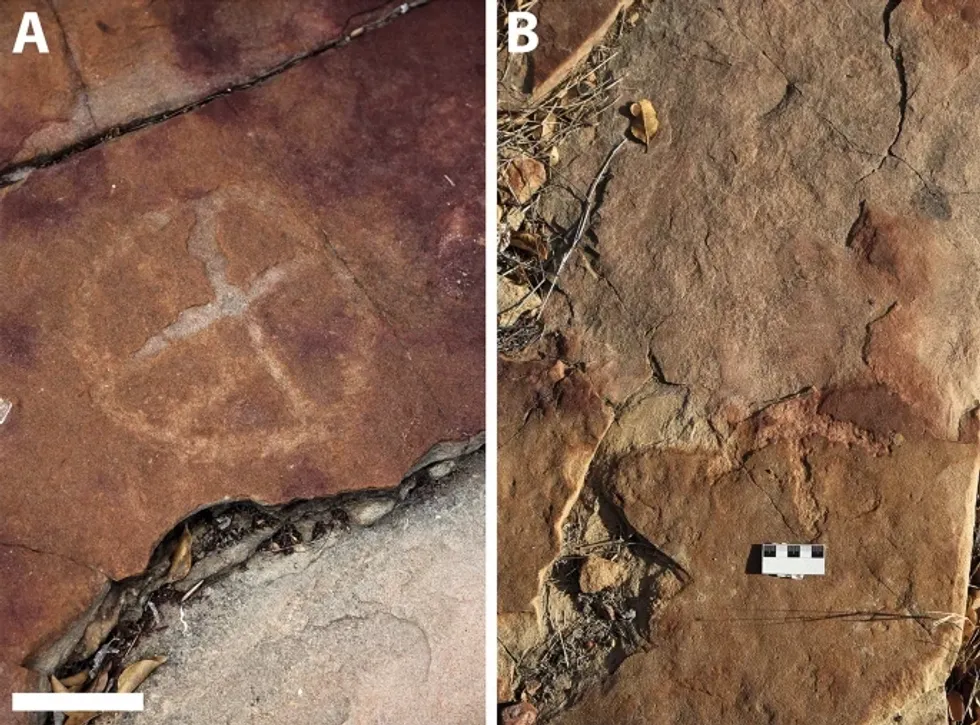 Rock deterioration has damaged some of the inscriptions, but they remain visible. Renan Rodrigues Chandu and Pedro Arcanjo José Feitosa, and the Casa Grande boys
Rock deterioration has damaged some of the inscriptions, but they remain visible. Renan Rodrigues Chandu and Pedro Arcanjo José Feitosa, and the Casa Grande boys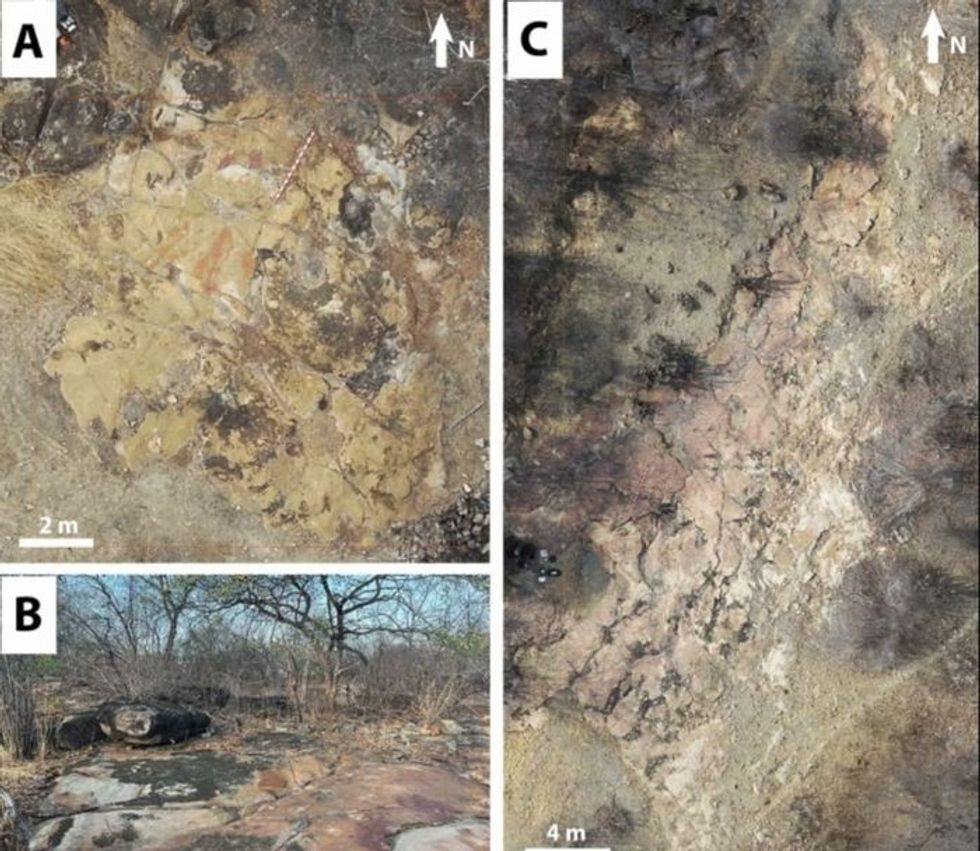 The Serrote do Letreiro site continues to provide rich insights into ancient life.
The Serrote do Letreiro site continues to provide rich insights into ancient life.




 Music isn't just good for social bonding.Photo credit: Canva
Music isn't just good for social bonding.Photo credit: Canva Our genes may influence our love of music more than we realize.Photo credit: Canva
Our genes may influence our love of music more than we realize.Photo credit: Canva
 Great White Sharks GIF by Shark Week
Great White Sharks GIF by Shark Week

 Blue Ghost Mission 1 - Sunset Panorama GlowPhoto credit:
Blue Ghost Mission 1 - Sunset Panorama GlowPhoto credit: